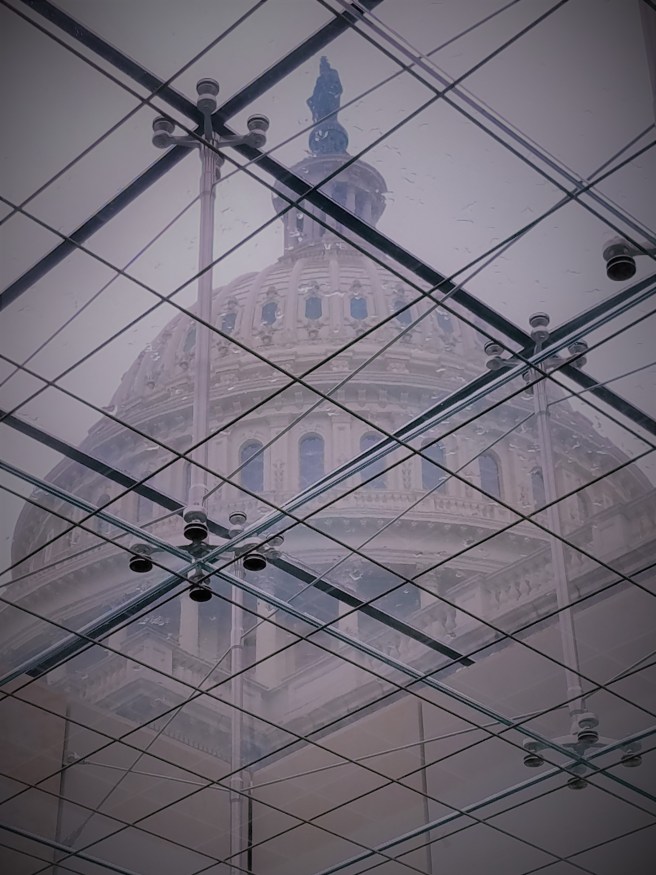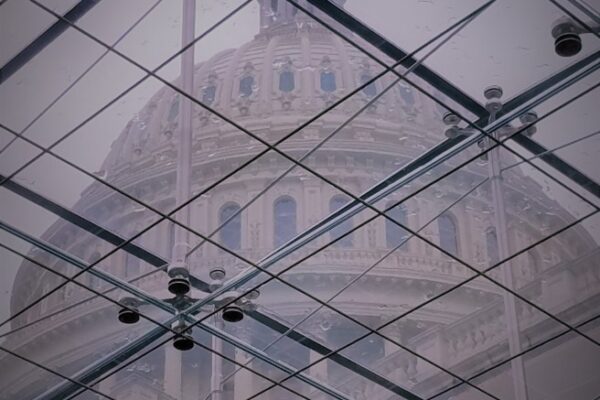
One of the projects I am working on currently is to do interviews with people who attended the historic 2001 Recovery Summit in St. Paul, Minnesota. I am doing it to develop a deeper understanding of what was occurring at the time and how it all came together. The better we understand such things, the easier it is for us to apply the lessons of history to our current challenges. One of the main things I am learning is that there was an emphasis from the very first moments of planning the event to include multiple pathways of recovery. It was a central focus of what they were trying to accomplish. Essentially, to highlight we are all in this together and to value and respect all pathways.
In respect to the new recovery advocacy movement, we are at such a milestone right now. Twenty years prior to the summit, in 1981, there was no care. Advocacy in those early years was simply to create funding mechanism to get people treatment. I got help in 1986 because of that effort. Without studying history, my assumption would have been that such services had always existed. I was oblivious to how much blood sweat and tears it took for that door to be there for me to walk through. Without a lot of hard effort in the late 1960s and 70s it would have never happened. I see parallels to work that came out of the 2001 recovery summit and how younger people may see it at twenty years out.
As an aside, I am reading a book called the Fourth Turning, one of the main points of the book is that society changes every twenty years or so, and that each generation has a different viewpoint based on the conditions in their formative years. Using this lens, history has patterns that echo over increments of an average human life cycle, 80 years of so. It is an interesting framework for history and makes some fascinating points. We do see changes in societies that tend to reflect these twenty-year measures. I suspect this is also true for us as a recovery movement. We live in different times.
Through a study of recovery history, it is evident that anything around the addiction and recovery world means a lot of varying views. We become defined by our differences. It is also true then and now that many groups benefit from a divided recovery community and may even work to foment such division. This has always been true, but it is also true that we have always has much more in common than any of the smaller points on which we divide up and get heated about. That lesson of unity is one we need to heed now. It is the lesson our last generation has for our new leaders.
The divisions that pull us apart are understandable. There are very different experiences for persons trying to access care along lines of race, economic class, rural access versus urban and many a myriad of other factors. We must address them. Resources for recovery have also been so limited, we are like drowning people pushing each other down into the water to pull ourselves out of the water for a gasp of air. Some may even benefit from our own version of the recovery hunger games. Like recovery, it seems to me that everything we put before this common cause we are likely to lose. In that lens, the need for common purpose is clear. We are the smallest entity at the funding level but unrivaled in the size of our constituency when we come together. When we come together, we can succeed. Full stop.
In conducting the interviews with attendees of the historic recovery summit in St Paul, the other thing that stands out to me is that there was widespread recognition at the time that this was probably the best opportunity there ever would be to establish a national recovery movement. In short, the forces that brought them all together were greater than the forces which pulled them apart. Necessity brought them all together.
We are now in such an era of necessity and opportunity. The Biden administration has released a FYI 22 budget proposal of 3.5 billion, an 87% increase in federal Substance Abuse Block Grant (SABG) dollars. This is the primary source used by states to fund treatment, prevention, and recovery support services across the nation. It includes a 10% set aside for recovery support services, this is the FIRST EVER federal proposed budget that sets aside dollars for us. We have never been resourced like what is being proposed. It is a proposal; however, it will take a herculean effort to make it a reality.
We will get nowhere divided. We never have. We may have multiple pathways of recovery, but we have one common cause, to get as many people into recovery as is possible. It is about the lives of our families and community members.
What lessons can the recovery movement history tell us about what we do next? I pose questions here:
- What are ways our community shows division that would be better off addressed behind closed doors?
- What are some ways we can bring all of our communities together in common cause moving forward?
- How do we keep our eye on the prize of supporting recovery for all of our diverse communities with equity?
- How do we want to be remembered?
The truth is that together, we are Hercules. Let’s go make history!
